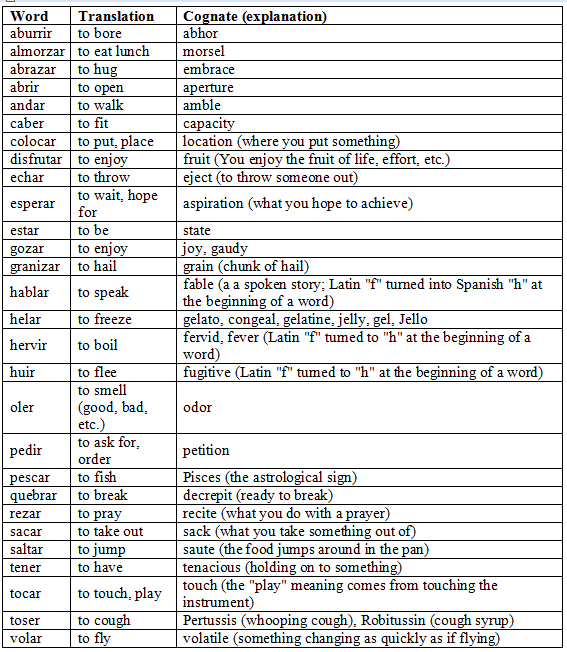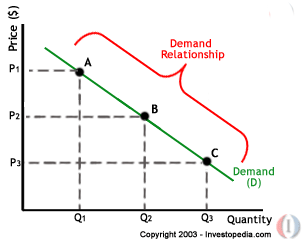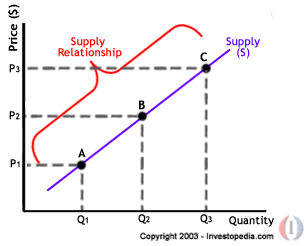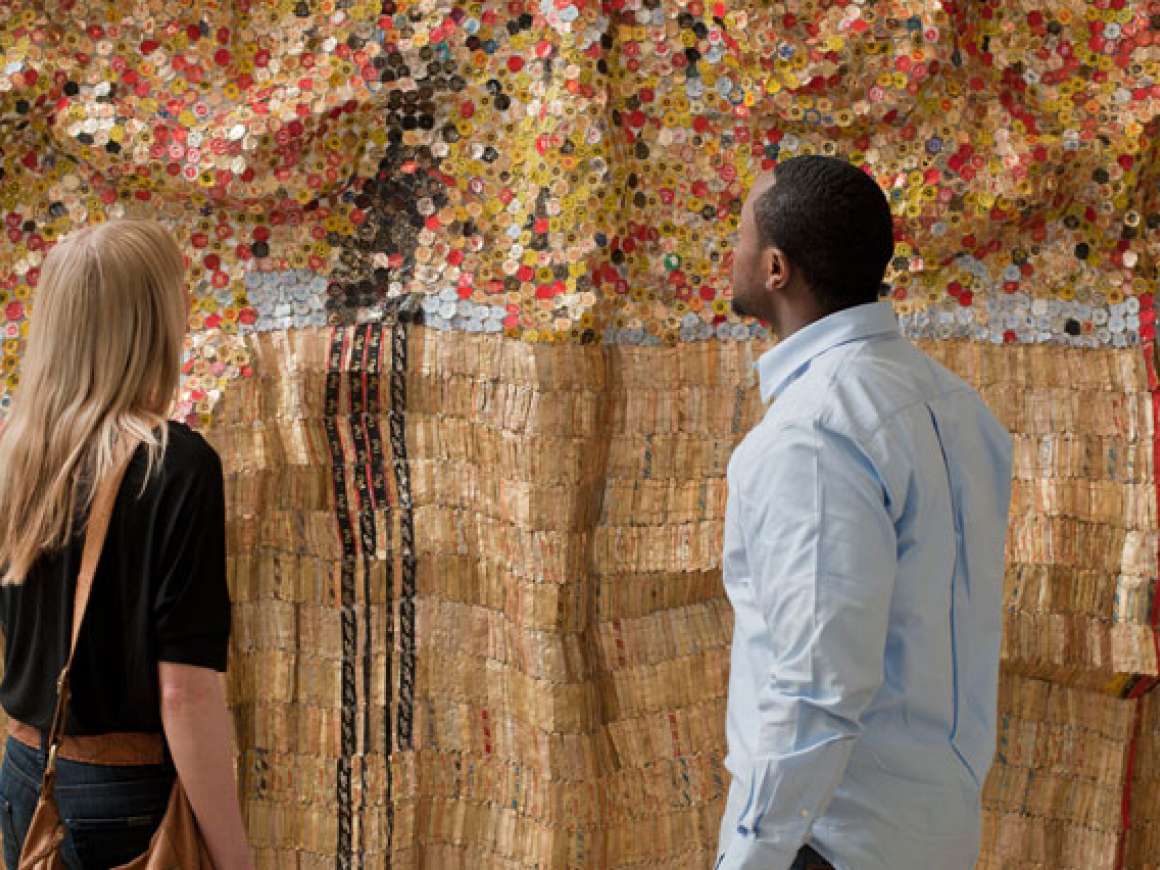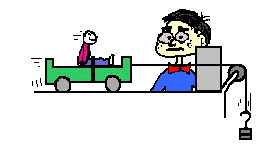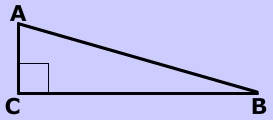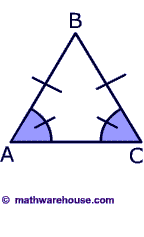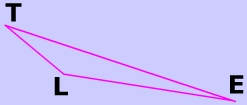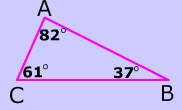 •For speak about indirect speech, first, we have to speak about direct speech.
•For speak about indirect speech, first, we have to speak about direct speech.
•DIRECT SPEECH
Direct speech repeats, or quotes, the exact words spoken. When we use direct speech in writing, we place the words spoken between quotation marks (" ") and there is no change in these words. We may be reporting something that's being said NOW (for example a telephone conversation), or telling someone later about a previous conversation.
EXAMPLES
- She says, "What time will you be home?"
- She said, "What time will you be home?" and I said, "I don't know! "
- "There's a fly in my soup!" screamed Simone.
- John said, "There's an elephant outside the window.
INDIRECT SPEECH
Reported or indirect speech is usually used to talk about the past, so we normally change the tense of the words spoken. We use reporting verbs like 'say', 'tell', 'ask', and we may use the word 'that' to introduce the reported words. Inverted commas are not used.
She said, "I saw him." (direct speech) = She said that she had seen him. (indirect speech)
'That' may be omitted:
She told him that she was happy. = She told him she was happy.
'SAY' AND 'TELL'
Use 'say' when there is no indirect object:
He said that he was tired.
Always use 'tell' when you say who was being spoken to (i.e. with an indirect object):
He told me that he was tired.
'TALK' AND 'SPEAK'
Use these verbs to describe the action of communicating:
He talked to us.
She was speaking on the telephone.
Use these verbs with 'about' to refer to what was said:
He talked (to us) about his parents.
